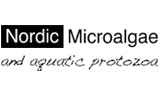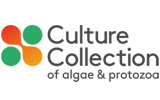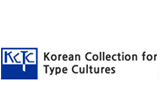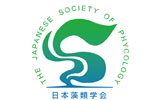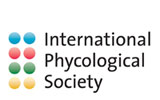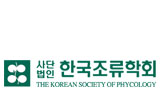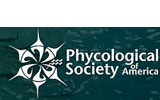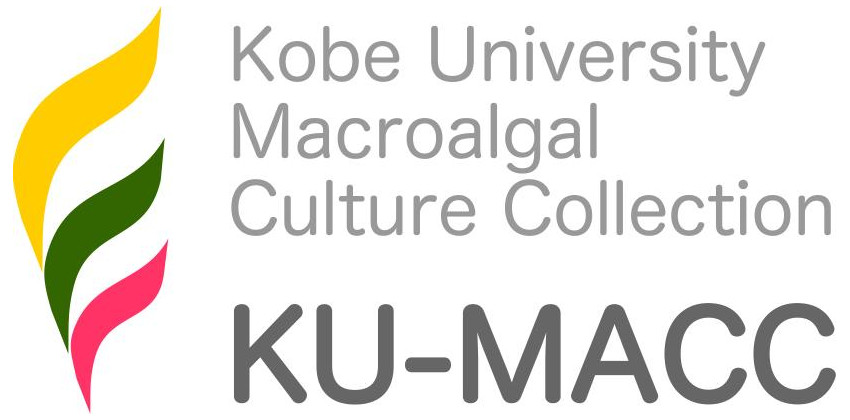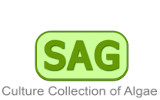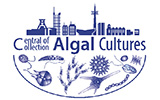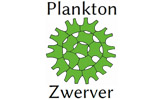Phycopeltis arundinacea (Montagne) De Toni 1889
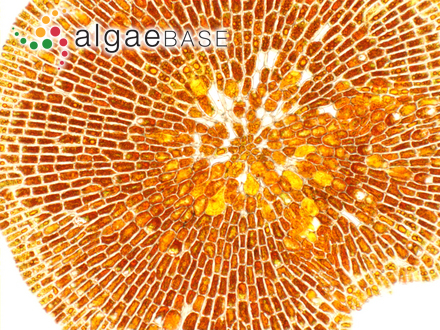
Current name:
Phycopeltis arundinacea (Montagne) De Toni
Moycullen woods, Co. Galway, Ireland. Growing on leaves of ivy - 20 January 2003. Fabio Rindi (f.rindi@univpm.it)
Publication Details
Phycopeltis arundinacea (Montagne) De Toni 1889: 15
Published in: De Toni, G.B. (1889). Sylloge algarum omnium hucusque cognitarum. Vol. I. Chlorophyceae. pp. [3]-12, [i]-cxxxix, 1-1315. Patavii [Padua]: Sumptibus auctoris.
Publication date: 25 July 1889
Type Species
The type species (holotype) of the genus Phycopeltis is Phycopeltis epiphyton Millardet.
Status of Name
This name is of an entity that is currently accepted taxonomically.
Basionym
Phyllactidium arundinaceum Montagne
Type Information
Type locality: Culmis arundinaceis adnatum in paludosis lacus El-Hout, prope La Calle [El-Hout Lake, Algeria]; (Montagne 1846: 156) Lectotype: Durieu De Maisonneuve; epiphytic on reeds; PC; Herbarium Montagne; MA12106 Notes: "Probable type" shown at PC site
Created: 12 April 2002 by M.D. Guiry.
Last updated: 24 February 2023
Verification of Data
Users are responsible for verifying the accuracy of information before use, as noted on the website Content page.
Linking to this page: https://www.algaebase.org/search/species/detail/?species_id=35614
Citing AlgaeBase
Cite this record as:
M.D. Guiry in Guiry, M.D. & Guiry, G.M. 24 February 2023. AlgaeBase. World-wide electronic publication, National University of Ireland, Galway. https://www.algaebase.org; searched on 23 April 2024
 Request PDF
Request PDF
